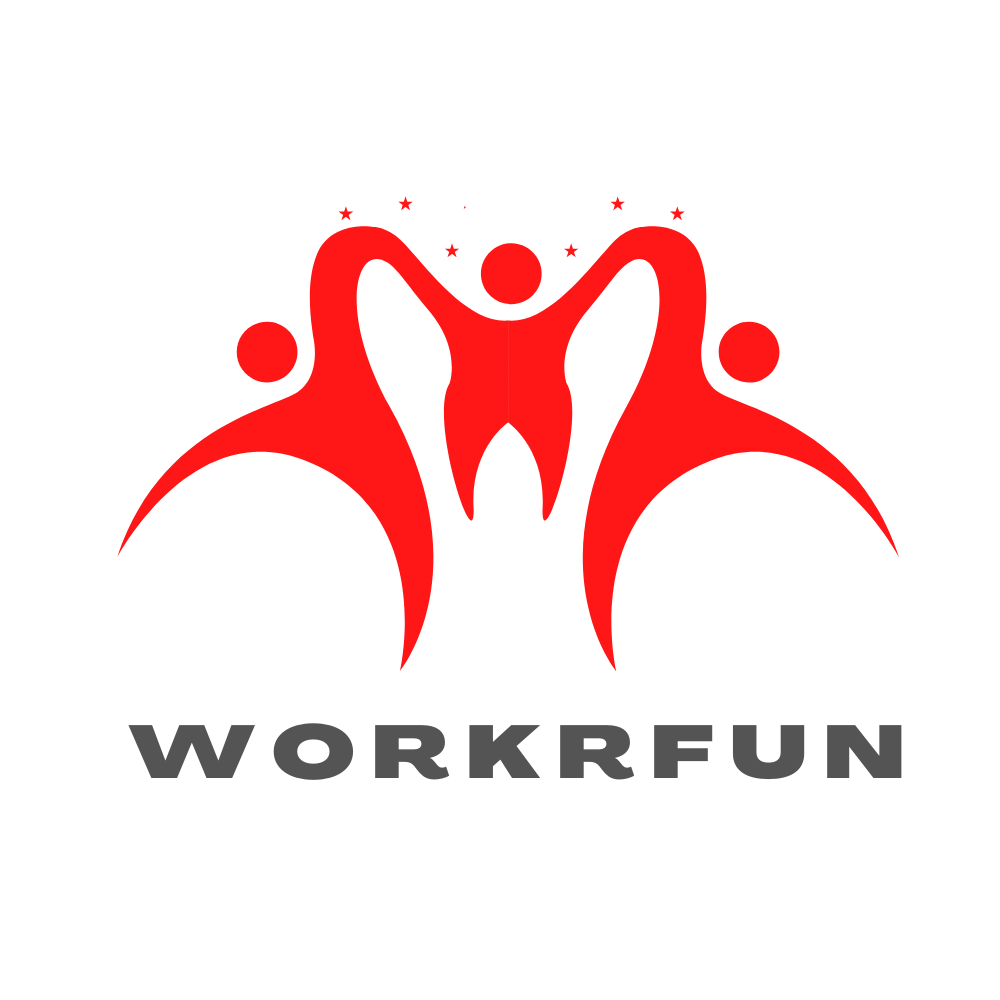Activity Overview
The step-by-step process that clarifies how ethical decisions are made is demonstrated in this exercise.
Objectives
- To present a way to thoroughly think things out before taking action.
- To demonstrate how to clarify, explore, and examine all options to arrive at ethical decisions.
Training Methods
- Storytelling
- Reflection
- Journal writing
- Scenarios
- Presentation
Equipment Needed
- Flipcharts and markers
- Large poster-size version of model
Room Setup
Arrange tables and chairs in a semicircle
Ask people to discuss ethical dilemmas with which they are familiar so the model can be applied to real-life situations. Send out a few assignments in advance, such as:
Identify 3 to 5 personal standards you live by. (Review your list of values to help you.) Identify any written or unwritten standards your company lives by. Identify a time at work when you felt as if your ethical standards were threatened or compromised. Contact your trainer in advance if you are currently facing an ethical dilemma that you are willing to talk about in the workshop.
Activity Variation
Instead of using examples from participants, write a case study or select one from a published source (such as the one here) to use for the activity.
Step by Step Instructions
- Introduce the topic by summarizing various highly publicized breaches of ethics (such as the Enron scandal) or an ethical dilemma you have personally faced. You could also invite a guest who tells an ethical story that will set the stage for this activity.
- Define “ethics” by asking participants to explain what the word means to them. List their answers on the flipchart. They are likely to mention beliefs, values, standards, and moral fiber. Write this formula on another piece of flipchart paper and post it:
Ethics = Character, and concern for the community or the organization
- Say, “Ethics comes from the Greek word ethos—character, one’s distinguishing attitudes and beliefs. Its secondary application is a concern for the community or organization.” Our ethos, our character, determines how we make decisions that affect not only us but also those around us: people in our community or place of work, our friends, and our family. We do not live in isolation; we live in a connected society. All of our decisions, whether at work or in our personal lives, affect others. Therefore, we must consider this impact when we make decisions. Ethics means giving honest consideration to underlying motives and potential harm if any, and to congruency with established values.”
- Then say, “Now it’s time to go over the steps we must take when making ethical decisions.” Pass out the attached document, and refer to a large poster-size version of the model. Go over each step with participants and use real-life examples of an ethical dilemma to explain the steps.
- Divide participants into groups of 3 to 5 people. One person at a time presents an ethical dilemma, while the other three discuss it by going through all of the steps of the model. With the total group, debrief how the process can help us resolve an ethical dilemma.
- Summarize this activity by going over the basics of the process, step by step. Suggest that when they face their next ethical dilemma they review the handout and record their answers in their journals.
Post Activity Review
Take time shortly after conducting this activity to reflect on how it went, how engaged the participants were, and what questions they raised. Make notes that include how much time you actually spent on the activity.





